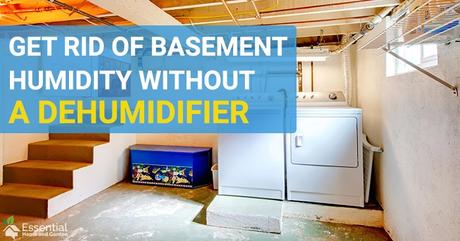
So you think you have a moisture or humidity problem in your basement, but you don't want to spend the money on a dehumidifier? That's fine, there are ways you can get rid of the humidity in your basement without a humidifier.
Whether you are looking for the quickest and easiest fix, or more of a long term method - we have some ideas here that will help you.
Read on to learn more!
Click For Article Contents:
How To Dehumidify A Room Without a Dehumidifier
Looking for a natural way to remove humidity? Well some plants can help you achieve this!
While it is usually a good idea to get rid of plants if you have excess humidity, there are actually some plants that help remove some of the moisture in the air!
Peace Lily
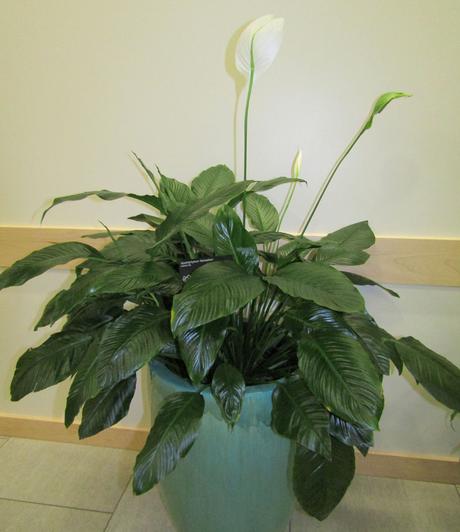
The Peace Lily removes moisture from the air through its leaves and is ideal for a basement, because it requires very little sunlight to survive.
Reed Palm
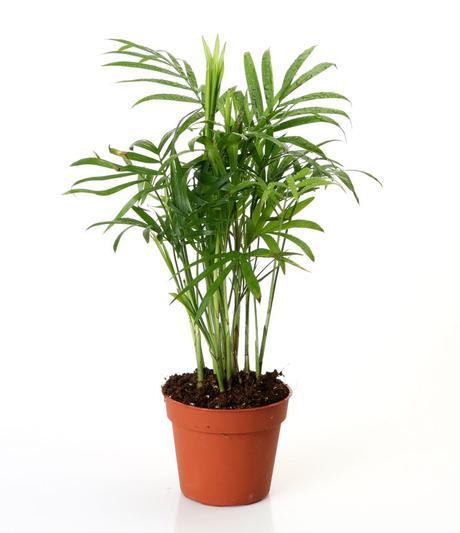
Palms originated in the more humid areas of the world and are well suited to damp areas.
They absorb the moisture from the air and Reed Palms also do well in low light conditions.
Boston Fern

Ferns are great for basement type areas, but they do require some indirect sunlight. So they are ideal for situations where some natural light is available.
Cactus

Because they originated in deserts, cactus will get their water wherever they can - including from the air.
They are used to harsh conditions and can survive almost anything.
With Silica Gel

You know those little packets that come in some food packaging that feels like they are filled with salt and has big labels saying "DO NOT EAT"? Well thats silica gel.
Silica gel is actually a form of silicon dioxide that absorbs humidity. And while those tiny little packets aren't much good for a basement - you can actually get it in bigger 'dehumidifier boxes' from places like Amazon.
Just get one or two of these and place them around the room. It's not going to solve the cause of your moisture, but it will help stop the humidity.
They will need to be replaced when they have absorbed their fill though.
Try Container Desiccant

Similar to silica gel dehumidifier boxes, container desiccant does the same job - just on much larger scale.
It comes it larger bags (4.5lbs+) and is designed to be used on shipping containers when being transported via the ocean.
Put one of these in your basement and see if it helps. These desiccant bags will also need to be replaced when they are full.
With Charcoal Briquettes

Charcoal absorbs moisture out of the air, so it can be used to make a home made natural dehumidifier.
Simply places some briquettes in reasonable sized empty tin or box.
Punch some holes in the side and lid and place it in the basement.
Once again, you will need to replace the charcoal after sometime - but its a cheap option!
With Baking Soda
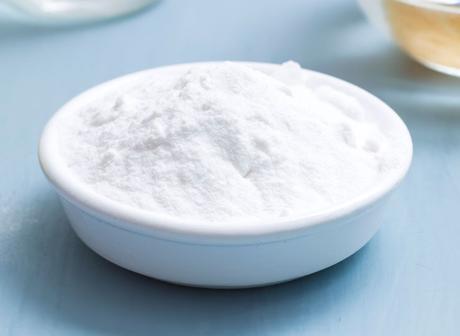
Baking soda is another common household product that absorbs moisture.
Simply pour about a cup of baking soda in some decorative bowls or jars and place them around the room.
You will probably want to replace the baking soda every 3-4 weeks as it will start to go a bit yuck after a while.
Use Rock Salt
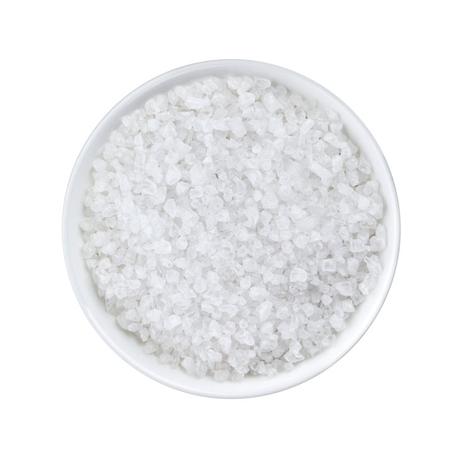
Rocksalt is another dehumidifier that can be used just like baking soda. Place about a cup in a container that exposes it to as much air as possible and it will soak up moisture from the air.
It will also need to be replaced every 3 - 4 weeks.
Install a Fan

A fan itself won't really help with the humidity levels in your cellar, but it will help with getting air moving into the room from other areas such as the rest of the house and outdoors.
Having a fan on a low speed regularly in your basement will improve airflow - thus moving the wet air out and the dry air in!
Improve Ventilation

We sort of touched on this when we mentioned installing a fan, but improving ventilation in damp areas is an important part of fixing the problem.
Some of the things you can do to improve ventilation in your basement include:
- Install ventilation fans - especially around wet areas such as bathrooms, laundries or sinks.
- Open windows
- Use portable or installed fans
Signs That Your Basement Has Excess Moisture
If you ware 100% certain that you have a humidity problem in your basement, then skip this section. If not, then we have listed some of the most common ways to tell if you have a moisture problem.
Use a Humidistat
The quickest way to tell if there is excess moisture in the air is to use a Humidistat. These are devices that measure the humidity in the air and are available readily in many different stores.
If you have a humidistat, then you will want to check what the humidity reading as a percentage is in your basement. The Basement Health Associated says that mold grows then humidity is above 80% , therefore the reading in the basement should be at or below 50%.
If you haven't got, or can't get a humidistat, then another good indicator is the presence of mold.
Mold requires a high amount of moisture to grow, whether it is on a surface or in the air.
The CDC states that "Exposure to damp and moldy environments may cause a variety of health effects, or none at all" So it is probably something you want to deal with sooner rather than later.
Condensation
Condensation is especially common in basements that have bathrooms, or devices such as clothes dryers in them.
This is because condensation forms when warm air hits the cool surface of your basement walls - causing the moisture in the air to stick to the surface.
Look for moisture forming on the flat surfaces, especially walls.
Efflorescence
Efflorescence...say that 5 times really fast! You can't? No...either can I!
But what is it? Well Efflorescence is a powdery, white substance that you might find on unsealed surfaces such as concret, brick or stone.
It is actually crystallized mineral salt that has probably come out of the moisture in the air, or through a porous surface.
Now while the substance itself is harmless, it might indicate that you have an underlying moisture problem somewhere in your basement - so it's worth keeping an eye on.
Rotting Wood
Wood rot is never a good sign, and most of the time it is due to moisture, mold or insects.
You definely want to deal with all three of those issues so if you have any timber furniture or wooded structure rotting in your basement - look into is asap.
Smells Musty
Most of the signs of moisture listed above will produce a distinct smell - this smell is usually called 'musty'.
A musty smell with no other signs can also be an indicator that a moisture problem is present, you just havent found the actual problem yet.
So if you find that you have a lingering musty odour in your basement, you will likely want to do some further investigations.
Ways To Humidity From Basement Without a Dehumidifier
Sources:Pricing last updated on 2019-10-02 at 04:24 / affiliate links - Details
